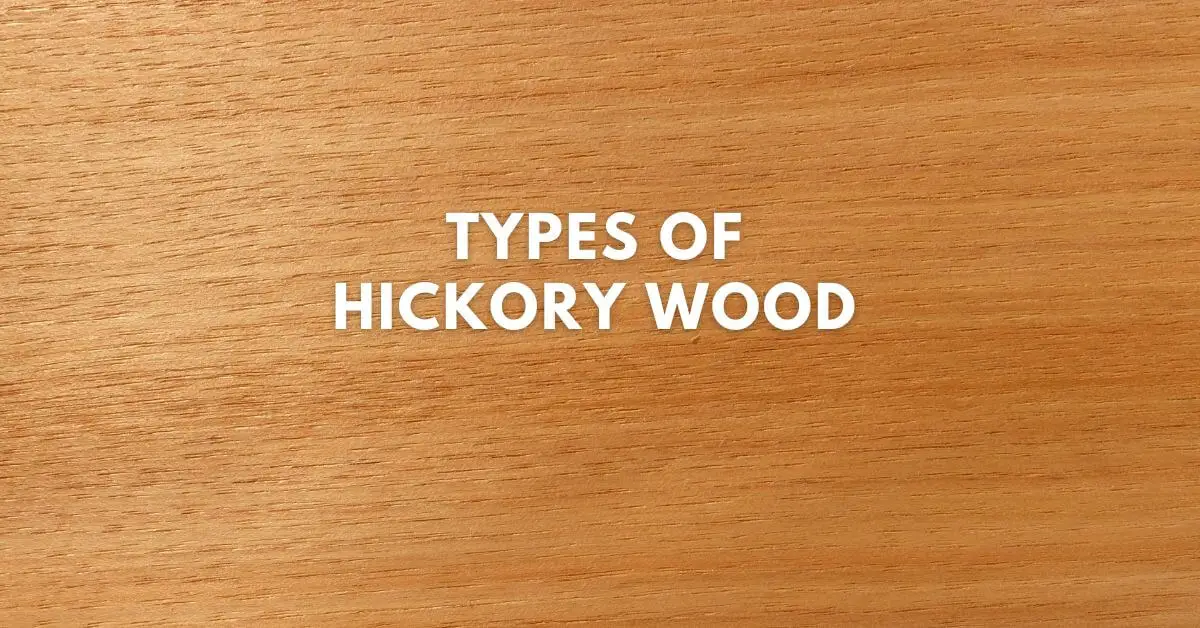True Hickories and Pecan Hickories are two closely related groups of trees that belong to the genus Carya within the Juglandaceae family. They share many similarities, but they also have distinct characteristics that set them apart.
True Hickories, often referred to simply as “hickories,” are a diverse group of hardwood trees native to North America and some parts of Asia. They are classified under the genus Carya.
Pecan Hickories, scientifically known as Carya illinoinensis, are a specific subgroup of True Hickories. They are known for producing the pecan nut, which is highly prized for its flavor and culinary uses.
If we talk about lumber properties, all species (Pignut, Shellbark, Shagbark, and Mockernut) of true hickory are stronger, harder, and heavier than pecan hickories (Water Hickory, Bitternut Hickory, Pecan, and Nutmeg Hickory). Sometimes, we may have to pay a higher price for true hickory wood.
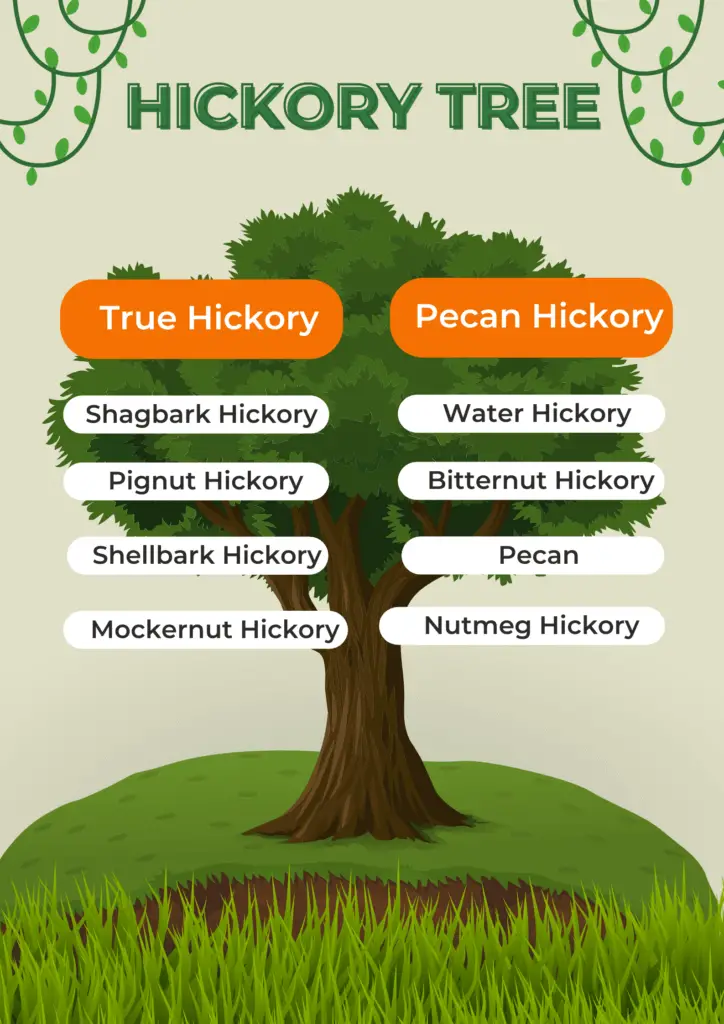
TRUE HICKORIES:
Shagbark Hickory (Carya ovata)
Shagbark hickory wood is the most popular type of wood for making flooring and furniture because it has a good balance of durability, color range, and reasonable costs. It is native to the Eastern United States.
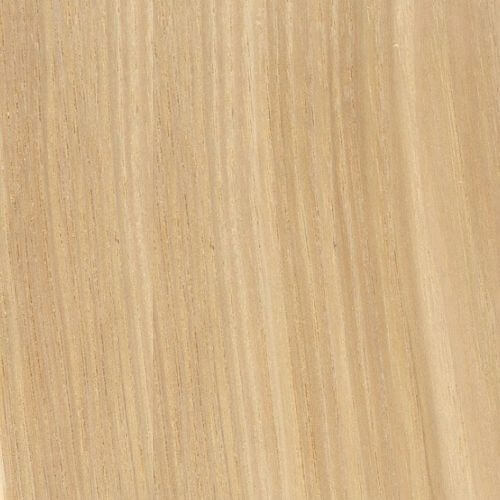
Its heartwood is light to medium brown with a reddish tint, and the sapwood is yellowish brown. Wood color offers a very classic look that matches almost all interior design styles.
Pros:
- Durable and hard
- Grain pattern hides scratches
- Strong or shock-resistant
Cons:
- Slow Growing
Pignut Hickory (Carya glabra)
Pignut is another popular type of true hickory. It is extremely hard and dense, making it a better choice for flooring that is less prone to dents and scratches. It is native to the Eastern United States.
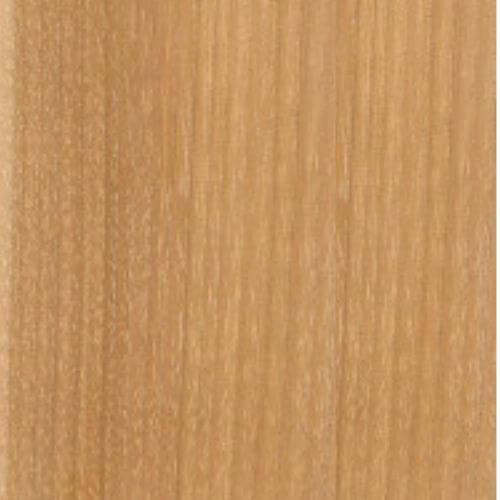
Pignut hickory can range in color from light brown to dark brown. Some parts of the wood may also have a rustic appearance, which provides an excellent appearance to all types of furniture.
Pros:
- Durable and less prone to scratches
- Attractive appearance
- Affordable Price
Cons:
- Prone to swelling
- Difficult to work
Shellbark Hickory (Carya laciniosa)
Shellbark Hickory (Carya laciniosa), commonly known as Kingnut Hickory, is a deciduous hardwood native to eastern North America. It is prized for its light to medium brown color and straight grain pattern.
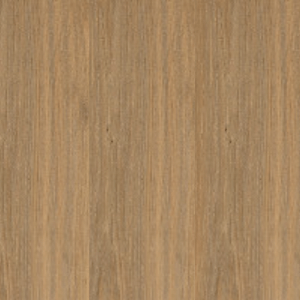
The shellbark is not as durable as other hickory species and is also very susceptible to insect attack. But wood is used for tool handles and flooring because it is heavy and hard, flexible and shock-resistant.
The heartwood of Shellbark Hickory tends to be pale to medium brown, while the sapwood is almost white.
Pros:
- Strength and Durability
- Unique Grain Patterns
- Resistance to Decay
Cons:
- Availability
- Difficult to work
Mockernut Hickory (Carya tomentosa)
Mockernut hickory is a hardwood native to eastern North America. It is known for excellent strength and unique characteristics, making it a favorite choice among woodworking enthusiasts.
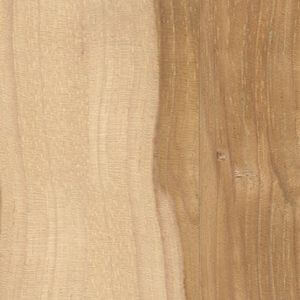
Mockernut hickory is a highly impact-resistant hardwood used primarily for tool handles. Wood is very sensitive to insect attacks; hence, it is not suitable for outdoor purposes.
Mockernut hickory wood is typically light to medium brown, sometimes with a reddish or yellowish hue. Its grain is usually straight, but sometimes it can be wavy.
Pros:
- Strength and Durability
- Unique Grain Patterns
- Resistance to Decay
Cons:
- Availability
- Difficult to work
PECAN HICKORIES:
Water Hickory (Carya aquatica)
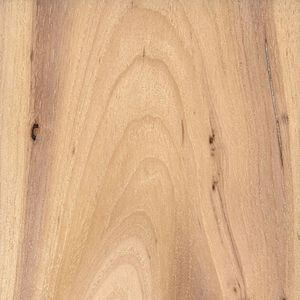
Water Hickory is a tree species that belongs to the walnut family, Juglandaceae. It is native to the southeastern United States. Water Hickory Wood comes from Water hickory trees that are medium to large size trees, typically reaching heights of 60 to 100 feet.
Pros:
- Moderate Durable
- Affordable Hardwood
- Slightly stabler
Cons:
- Weaker than the True-Hickories
- Susceptible to insect attack
Bitternut Hickory (Carya cordiformis)
Bitternut hickory is classified in the pecan-hickory group. The Tree is native to the Eastern United States. Native Americans used the wood to make bows, tool handles, furniture, paneling, and smoke meat.
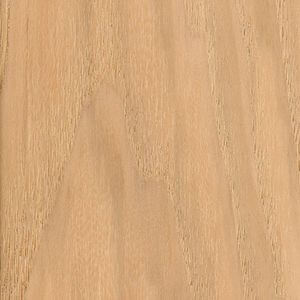
Bitternut hickory wood comes from a large deciduous tree that grows quickly. Generally, the wood color is dark brown, but its color can also be different, like light brown or yellowish brown.
Pros:
- Durable for interior uses
- Affordable Hardwood
- Slightly stabler
Cons:
- Weaker than the True-Hickories
- Susceptible to insect attack
Pecan (Carya illinoinensis)
Pecan wood comes from the large deciduous pecan tree, growing to 20–40 m (66–131 ft), scientifically known as Carya illinoinensis. The Tree is native to the southern United States and is cultivated primarily for its delicious nuts.
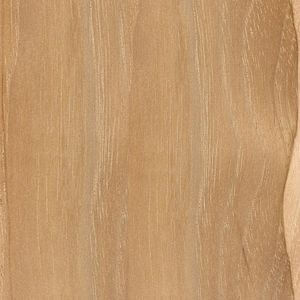
However, the wood obtained from the pecan tree holds its own unique attraction in the world of woodworking, used for tool handles, ladder rungs, sporting goods, drumsticks, and golf club shafts.
Pros:
- Exceptionally Durable
- Look Good
- Affordable Hardwood
Cons:
- Availability
Nutmeg Hickory (Carya myristiciformis)
Nutmeg Hickory, which is also known as Swamp Hickory or Bitter Water Hickory, is found naturally in the southeastern part of the United States. It is classified into pecan hickory. It is durable and considered an excellent choice for indoor use.
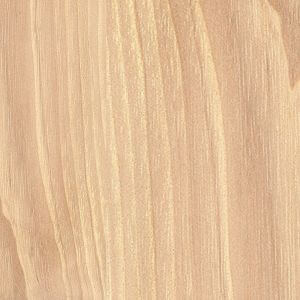
Nutmeg hickory is light to medium brown in color, and the wood grain can be straight or wavy. Nutmeg Hickory wood is mainly used for tool handles, flooring, ladder rungs, etc.
Pros:
- Durable
- Unique Grain Patterns
Cons:
- Availability
- Difficult to work
Which is stronger between True Hickories and Pecan Hickories?
On average, True Hickory is denser, stiffer, and harder than Pecan Hickory. That’s why woodworkers recommend choosing true hickory for domestic furniture. Due to the high density of true hickory species, it can be difficult to work with, but this high density prevents the possibility of dents or scratches.

